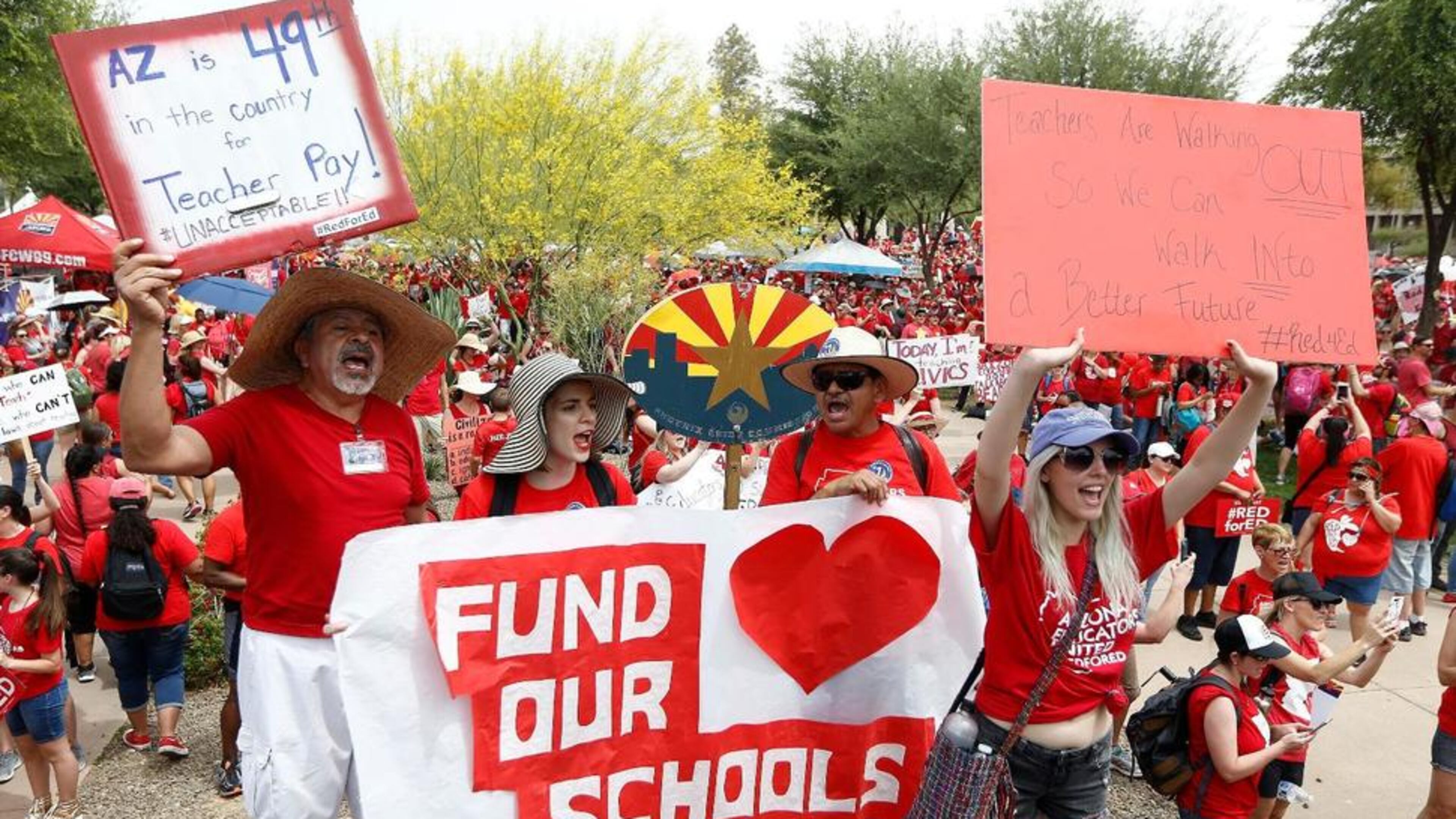Seven inconvenient truths about vouchers lawmakers won’t tell you

The voucher bill rose from the dead and is now haunting the Legislature as an appendage to House Bill 68.
Here are seven dubious assertions by sponsor state Sen. Greg Dolezal, R-Cumming, and other supporters about the efficacy of vouchers. These arguments are likely to come up in any debate about the bill this week.
1. Increasingly, those pushing vouchers do everything they can to avoid the word "vouchers." Apparently, Americans dislike vouchers, so the substitute is the less offensive "education savings accounts."
Entire op-eds in favor of giving Georgia parents tax money to pay for private school tuition – which, until recently, was called a voucher – never mention the V-word. The rationale is that while vouchers pay for private school tuition, tax money funneled through an ESA can also pay for homeschooling materials, tutoring, education therapies and even transportation to school. However, in the five states with active ESA programs, most of the tax dollars go to private school tuition.
2. Georgia lawmakers keep citing the success of education savings accounts in Arizona, which also sidesteps the voucher moniker by calling its program "empowerment scholarship accounts."
What Dolezal and company fail to mention is that Arizonans had an opportunity to expand vouchers in a November referendum. Sixty-five percent of Arizona voters cast ballots against expanding the program.
3. Arizonans uttered a forceful "no" to expanding vouchers because they were alarmed over fraud in the program. Dolezal played down the extent of the fraud at a hearing last week, saying it was only a small percentage of the millions of dollars handed to Arizona parents in the form of debit cards.
But here is a key factor: Arizona set aside very little money to investigate all the fraud. Furthermore, the state doesn’t even have the resources to recover the squandered funds, which, according to the audit, paid for beauty supplies, recreation, gift cards and even an abortion.
4. Arizona voters also felt the diversion of millions of dollars from public schools to private coffers hurt their children. Like Georgia, Arizona schools lost significant funding during the recession, $4.56 billion. In 2010, legislators there even eliminated funding for full-day kindergarten.
5. Since research has found no real academic boost from vouchers, the selling point is now improved high school graduation. But here is the problem, as pointed out by a Stanford researcher who's written more than 40 books and 150 articles on economics and education: It's not clear whether the slightly higher graduation rate of students using vouchers in private schools is "due to private school competition – as free-market proponents contend – or to private high schools' willingness to shed less-motivated students," according to researcher Martin Carnoy.
6. Advocates keep saying vouchers help poor kids in struggling schools. However, the Arizona Republic found:
This year, more than 75 percent of the money pulled out of public schools for the Empowerment Scholarship Account program came from districts with an "A" or "B" rating, the analysis showed. By contrast, only 4 percent of the money came from school districts rated "D" or lower.
The findings undercut a key contention of the lawmakers and advocacy groups pressing to expand the state's ESA program: that financially disadvantaged families from struggling schools reap the benefit of expanded school choice.
7. Republican lawmakers proclaim that low-income kids should be able to join more affluent peers fleeing Georgia public schools for private ones. Where is this stampede from public schools? Not in Georgia, where more than nine out of 10 children go to public schools.
And not anywhere else, either.
According to the Wall Street Journal:
Enrollment in private schools for grades pre-K to 12, including parochial schools, dropped by 14%—to 6.3 million in 2016 from 7.3 million in 2006, according to data from the U.S. Census Bureau. Overall school enrollment was nearly flat during that time, with public schools educating 2% more students to reach almost 52 million in 2016, the data shows. Researchers and private-school associations attribute the decline to a host of factors: more affordable Catholic schools have closed; traditional public schools provide better options; families cut their budgets after the 2007 recession; and charter schools and other alternatives have expanded.

